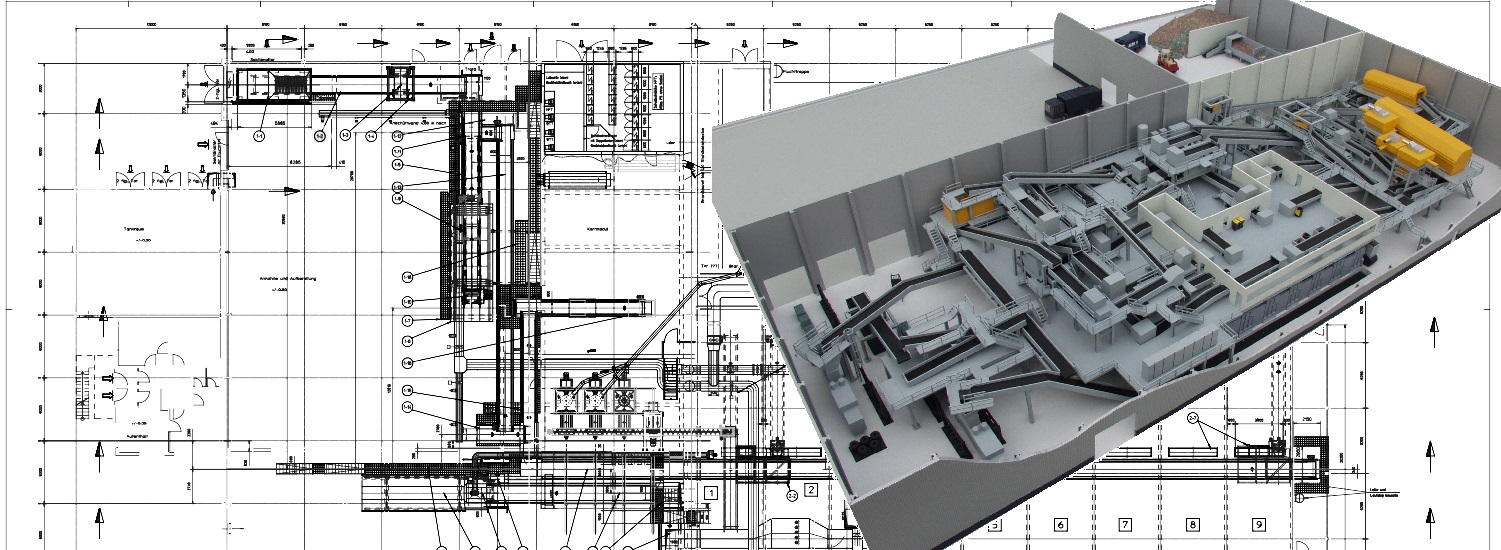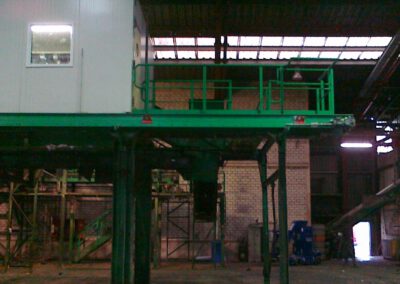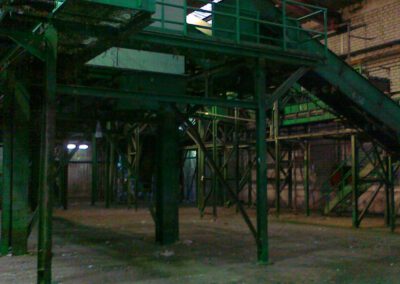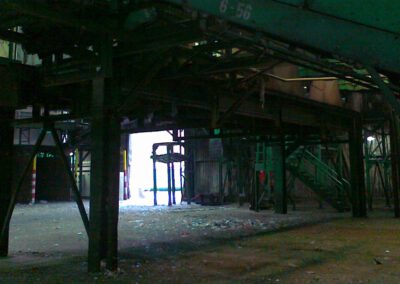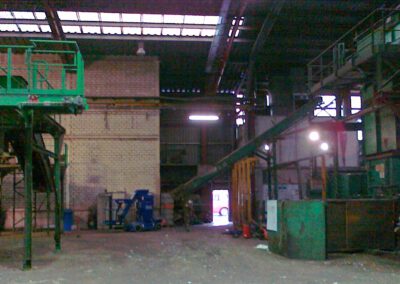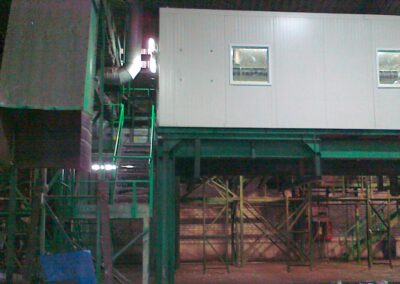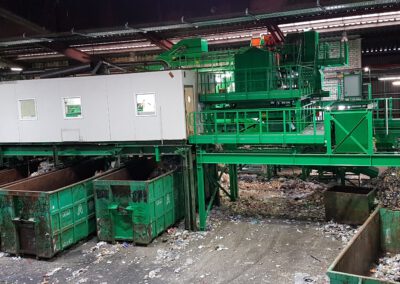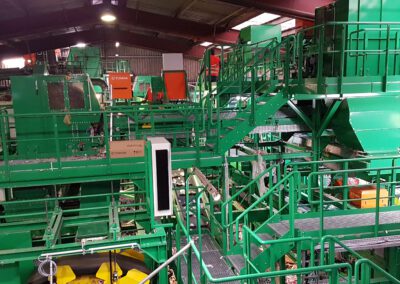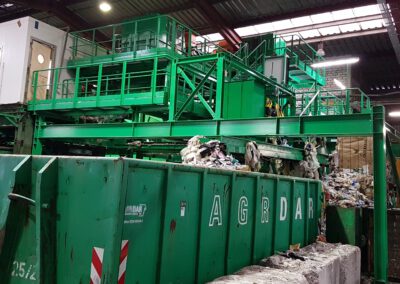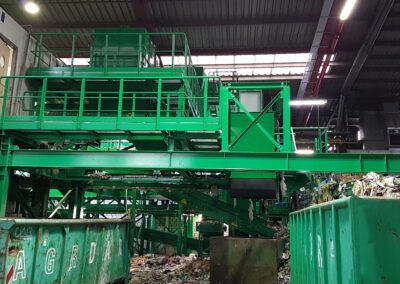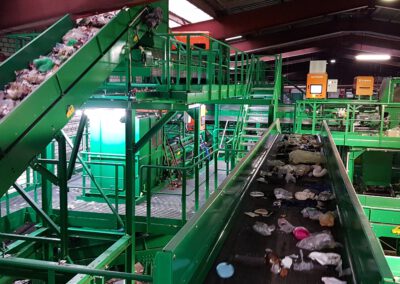Retro-Fit
RetroFit means the the modernization orexpansion of existing (usually older and no longer produced) systems and equipment. In Germany, the term “action” is also sometimes common in the automotive industry.
Aims
- Extension of the service life
- Increase in production volume
- Increase in product quality
- Higher efficiency of the plant e.g. by saving energy
- Compliance with legal requirements (for example, emissions reduction, occupational safety)
- Ensuring the supply of spare parts
- Creation of the possibility of embedding old machines in a modern IT environment (Industry 4.0)
Reasons
For existing systems, a RetroFit can make more sense than replacing it with a new one. Existing systems are brought up to date by replacing outdated components and adding new, contemporary technological developments. The advantage for the plant operator lies in the modernization of the plant and the associated increase in productivity at significantly lower costs in relation to the purchase of a new plant. The stable basic substance of the system is retained and, in the case of large systems, there is no need for high replacement investments in the manufacture of the foundation. A RetroFit can also be used to preserve existing protection for a system that would probably no longer receive a new permit.
Actions
- Replacement of assemblies for which spare parts are no longer available
- Retrofitting of automation technology, e.g. programmable logic controllers
- Adjustments for the integration of the machine / subsystem in production systems, e.g. B. Attachment of conveyor elements
- Replacement of materials with more wear-resistant materials, for example stainless steel
- Use of frequency converters in electric drives to increase efficiency, e.g. saving energy
- Installation of sensors and digitalization for the realization of Industry 4.0 (digital retrofit)
Benefits of a RetroFit
- Lower investment costs than when installing a new machine / system
- No new foundation costs
- Aged stable machine bed can be taken over
- Less staff training required, as the machine is largely known
- No new, and therefore lengthy, approval process
- Further time savings through only partial renewal
